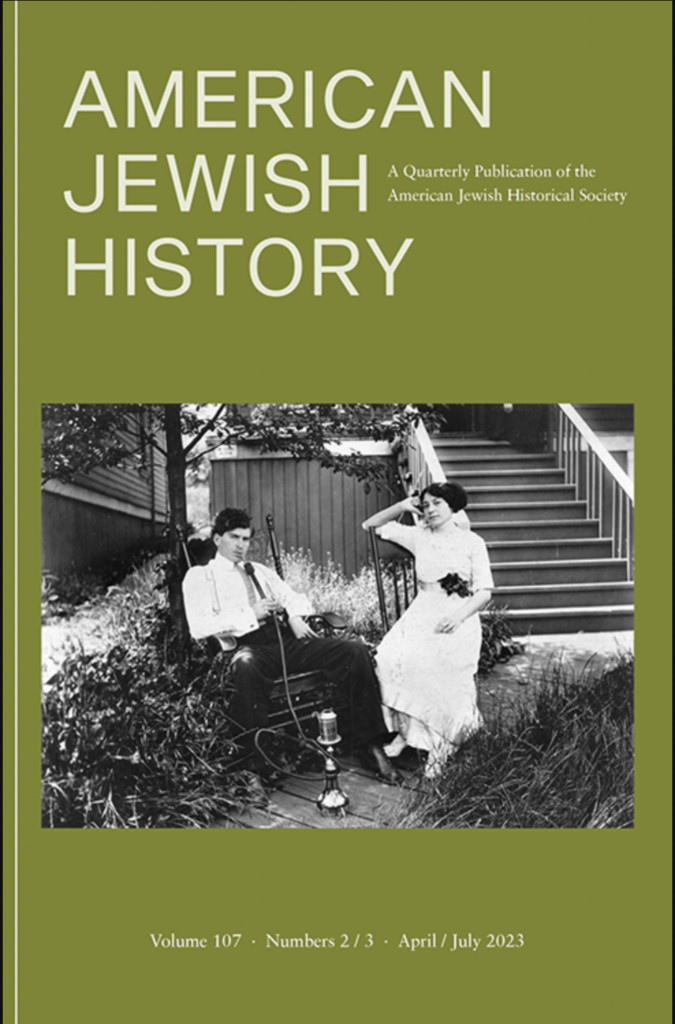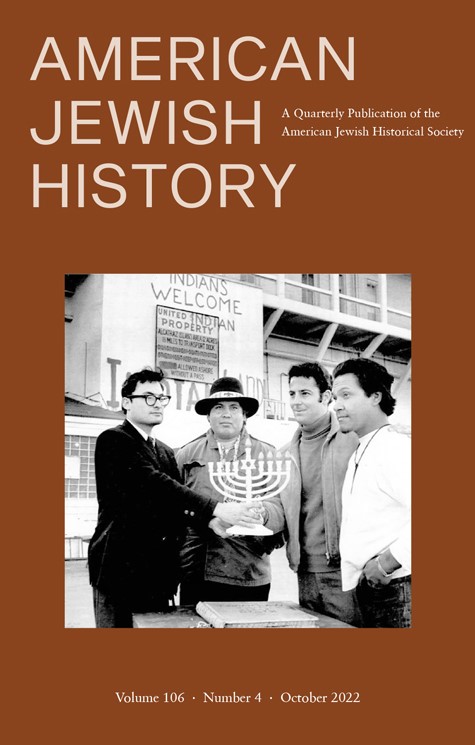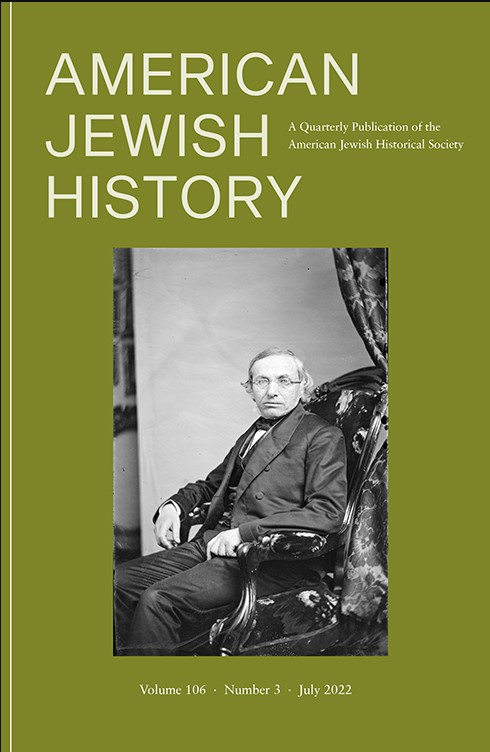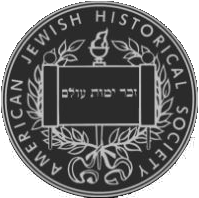Dear AJH Readers,
A young Seattle couple, enjoying a hookah in their verdant yard, invites you through the cover of our just-out, themed double issue on Sephardi and Mizrahi Jews in the Americas. Guest editor Devin Naar will meet you at the Table of Contents, and guide you down a new path of American Jewish History, with six sparkling essays and one public history review!
As Naar writes in his introduction:
This issue… offers insight into both how much the field [of Sephardic studies] has changed—in part, through professionalization—and in some ways remained static over the past half century and more, both in dialogue with and as a reflection of broader trends in American and general culture and policies. During that time, Sephardic studies, a multidisciplinary and transnational field, has become a recognized area of interest within the broader field of Jewish studies, although the parameters of Sephardic studies—and the very meaning of “Sephardic”—remain contested.
The seemingly endless permutations and possibilities, confounding claims and ambiguities, underpin any effort to parse the categories “Sephardic” or “Mizrahi.” Even together, the articles [in this double issue] do not resolve the questions of Sephardic and Mizrahi Jews should be defined or how they relate to better studies aspects of American Jewish history. Instead, they offer windows into current areas of research that illuminate various aspects of the pasts and legacies of Sephardic and Mizrahi Jews across the Americas, set in transnational context.

That may seem a lot to cover, but dear reader, read on! Naar’s state-of-the-field, “The (Mis)representation of Sephardic Jews in American Jewish Historiography,” tells the story of American Sephardic stories, and asks us to think about why we hear of Sephardic Jews as founders of the American Jewish experience, but not so much about Jews from the Ottoman Empire, such as those pictured on the cover. His answers open a space for authors to bring new stories into American Jewish history.
And the remaining essays in the issue do just that: Matthew Warshawsky analyzes a 17th century book of psalm adaptations that he calls “the first literary work of a Jew in Jamaica.” Ronald Gomes Casseres offers a “Report from the Field,” introducing and addressing the deep meaning of the extraordinary cemeteries in his Curaçao community. Benjamin Nadel writes about the Schinazi Brothers’ tobacco business and its nuanced use of exoticism as a selling point. Max Daniel explores the world of Sephardic cookbooks as a means for women to challenge existing assumptions about what constitutes “Jewish food.” And Roy Orel Shukrun and Aviad Moreno describe how the founding and growth of the Moroccan Jewish population in Montreal required its members to draw productive contrasts with Ashkenazi Jews, Francophone Canadians, and Israel while navigating their place in society. Last, a public history review brings attention to a new major web resource on Sephardic Jews in Los Angeles (and after you read the review, go see it for yourself!).
And let us not forget six additional book reviews, where top scholars offer thoughtful entry points into the latest large-scale studies in American Jewish history.
You may think: “This should keep me busy for months!” Dear reader: regrettably, you have no such luxury. Our next issue is already in press, and we will return before long with a new announcement. So read efficiently and learn thoroughly! American Jewish history marches relentlessly on…
With very best wishes,
Your AJH editors: Marni Davis, Jessica Cooperman, and Judah Cohen







